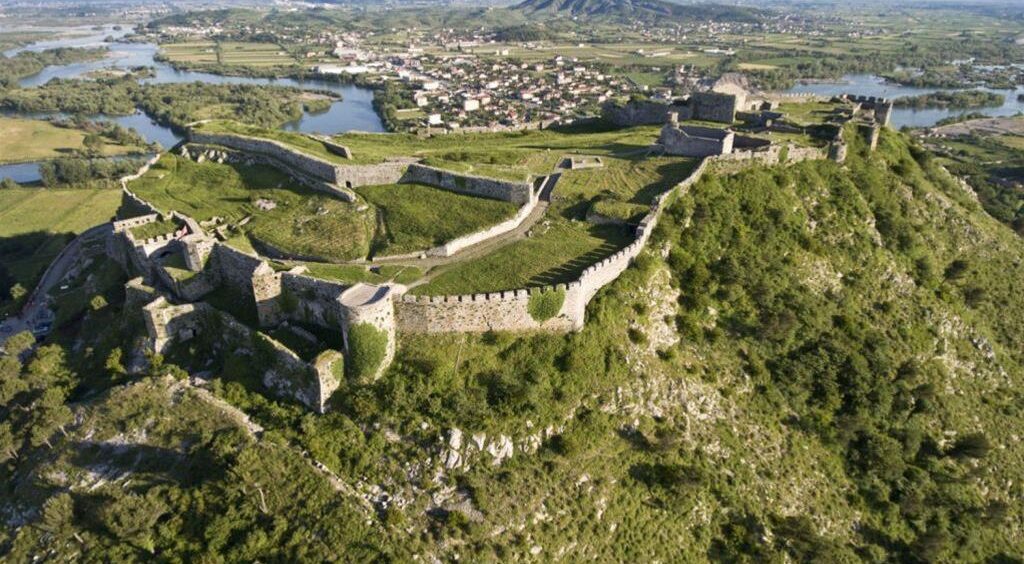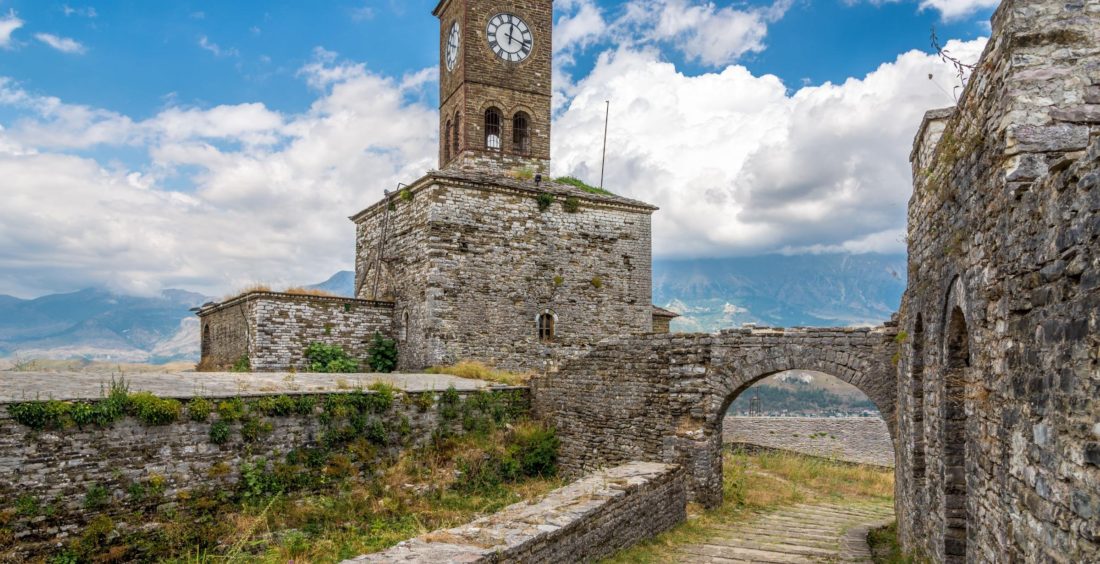The Cathedral of St. Stephen, known to the inhabitants of Shkodra as the Great Church, has a rich history. It is believed that the original cathedral stood within the walls of the famous Rozafa Castle until 1478, when the Ottoman conquest of the fortified city led to its conversion into a mosque. Hundreds of years later, in 1851, the faithful of Shkodra formally requested permission from the Sultan in Istanbul to build a new cathedral in the city. After seven years,...
Polis Mountain, with its vibrant colors and enchanting landscapes, stretches from the Shkumbin Gorge in the north to Sopot and the Cave in the south. It is distinguished by its highly complex terrain, where elevations above 1,000 meters dominate. In its overall appearance, the mountain resembles a vast, rugged limestone slab, deeply fragmented and surrounded on all sides by steep slopes. Due to the development of karst formations, vegetation on the ridge of Polis Mountain is sparse. However, in more...
The Castle of Shkodër, also known as Rozafa Castle, is one of the most important fortresses in Albania and beyond. For a long time, it has remained a very significant monument in the country. We will not elaborate here on the origin of the name “Rozafa Castle,” as the legend of Rozafa is widely known. The castle is built on a rocky hill at the entrance to the city of Shkodër, on its southeast side. It is believed to have...
The Castle of Borsh rises on a hill that ends at the top with a rocky ridge and occupies a central position in relation to the ancient city of Borsh. The Castle of Borsh is located at an altitude of 500 meters above sea level and has a favorable position for visitors. According to researchers, the castle dates back to the 12th century, although some believe its construction is linked to earlier periods. This castle was once known as the Castle of...
Gjirokastra, or as it is also known “the stone city,” is one of the most beautiful cities in the south of Albania. With its multifaceted values, this museum-like city was one of the first to be accepted into UNESCO. And when we talk about its values, we must mention that the main symbol of the city is its castle. The Castle of Gjirokastër is closely connected to the city itself. It is situated on a hill, slightly detached from the Gjerë...
The “Stone City” is rightfully considered the pearl of our cultural heritage. It is in this city that one of the most important museums of local and customary tradition is located. The museum facility is located in the “Palorto” neighborhood and dates back to the 19th century. Built three centuries ago, the tower-type dwelling, which represents a typical model of the life of a patriarchal citizen family of the time, is still continuing to play the role of the museum in...
The museum is located in the center of Peshkopia, about 30 meters from the main boulevard. It has been located in different buildings, but currently the building in which this museum is located was the building of the House of Culture “Haki Stërmilli”, a two-story building, old in terms of the years of construction, but beautifully well maintained. In this two-story building, you can visit three pavilions with 2,000 very important relics from different time periods. You need about an...
In the center of the city of Elbasan, very close to Rrap of Bezistan, there is a characteristic house, which in 1986 was turned into a museum. This museum, which represents the traditions and way of life in Elbasan, is located in one of the old houses of the city. The building is 200 years old and represents typical Albanian post-medieval style houses. In terms of type, culture and originality, the building is one of the rarest in the country. In compositional terms...
The Ethnographic Museum, also known as the “House of Llave,” is located along the main road leading to the Berat Castle. After the building was restored in 1979, it was transformed into the Ethnographic Museum of Berat. This characteristic house is currently one of the few examples of homes with a balcony. It has maintained its original features with minimal changes, preserving both its external and internal decorative values. On the upper floor, visitors are introduced to several examples of rooms...
A building where you will find inspiration more than anywhere else. The city of independence is one of the most visited places in all of Albania. Along the coast of this city, you will also find the residence of the Vlorë Government of 1912. Initially serving as a quarantine building, after the declaration of independence on November 28, 1912, it became the seat of the Provisional Government of Ismail Qemali for 14 months, until January 22, 1914. From 1936 to 1939,...













 Rruga e Elbasanit, Pallati nr. 111,
Rruga e Elbasanit, Pallati nr. 111,